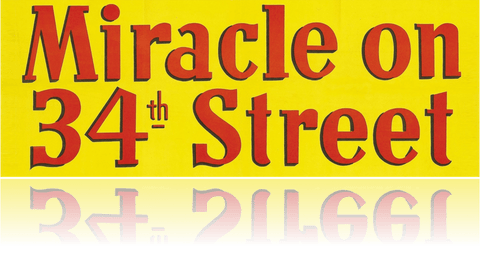
Here at Art of the Movies, we source original vintage movie posters from all over the world.
In previous blog posts we’ve discussed the terms used to describe U.S., U.K., French and Italian movie posters.
In this post, we focus on Japanese movie poster formats.
History
The Japanese movie industry is significant by any International measure. In 2010 it produced more films that the U.K. and France combined, only lagging behind India (who produced the most by a wide margin), the United States and China.
It isn’t however a new industry. It can trace its origins back to 1897, when Lumière cameramen began filming in the country and the first successful Japanese films were shown.
Prior to the Second World War, Japanese industries were responsible for setting their own standards. This lead to wide variances in the sizes of movie posters. With the advent of war, attempts to increase productivity lead to the introduction of centralised industrial standards. Post war, this resulted in the formation of the Japanese Industrial Standards (JIS) Committee.
As a result, from the mid 1940s, Japanese movie poster sizes have been standardised to ‘JIS B’ paper sizes.
Poster Formats
Pre-war Japanese movie posters are incredibly hard to come by, so, within this post, we will concentrate on the post-war formats.
B0 – 40.6 in x 57.3 in (103.0 cm x 145.6 cm)
The large B0 format is made up of two B1 posters. They are therefore also known as ‘two sheet’ and ‘B-bai’ ( ‘bai’ translates as ‘double’) posters.
Used in both portrait and landscape, the landscape format often features different artwork to its portrait counterpart.
B1 – 28.7 in x 40.6 in (72.8 cm x 103.0 cm)
In a similar vein to the larger B0, B1 posters are used in both portrait and landscape, with the landscape often having different artwork.
B2 – 20.3 in x 28.7 in (51.5 cm x 72.8 cm)
The portrait format B2 is the most commonly used Japanese movie poster, as ubiquitous in Japan as the U.S. One Sheet is in America (and is becoming elsewhere).
If you find a “Godzilla” (“Gojira”) B2 poster from the 1950s, hold on to it. They have sold for many thousands of pounds.
B3 – 14.3 in x 20.3 in (36.4 cm x 51.5 cm)
Also known as ‘Nakazuri’ (the best translation we could find was 'advertisement hanging in a train'), the B3 is half the size of the B2 and is used in both landscape and portrait.
B4 – 10.1 in x 28.7 in (25.7 cm x 75.8 cm)
The B4 format is usually used as an ‘advance’ poster to publicise an upcoming film. Due to the thin portrait format, they are also known as ‘Japanese Inserts’, and, (for reasons we can’t discern) ‘Speed’ posters.
B5 – 7.2 in x 10.1 in (18.2 cm x 25.7 cm)
A B5 poster is also known as a ‘Chirashi’ (literally ‘flyer’). They are usually handed out in Japanese cinemas / movie theatres and will be double sided, or perhaps folded and so ‘four sided’. Due to their small size and availability, they are widely collected within Japan.
STB – 20 in x 58 in (50.8 cm x 147.3 cm)
The ‘Tate kanban’ (shortened to ‘Tatekan’) or ‘standing signboard’ (STB) format was designed to fit in to standard advertising frames commonly found around Japanese towns and cities, and, in to free-standing displays placed outside of Japanese cinemas / movie theatres.
This tall and very elegant format is formed of two B2 posters, one on top of the other. The format was largely discontinued by the mid 1970s.
So, just the seven Japanese movie poster formats to remember. As we’ve included in our previous ‘Names and Sizes’ posts, here’s a useful table that summarises everything you need to know.

A warning - always measure your poster... Despite the definition of standards, movie posters do often vary in size, particularly Japanese Chirashis. Please always re-measure your poster before ordering a frame. It may save the cost of an unwanted frame, and, protect your poster from being squeezed in to too small a space.
Whilst the ‘paper standards’ (B0, B1, B2 etc) names may not be very romantic, there is a lot to love about Japanese movie posters. In many cases, they have different artwork to their Western counterparts – in some case, far superior artwork. Take a look at a movie poster for the Japanese release of “The Empire Strikes Back”, with art by Noriyoshi Ohrai, for a superb example.
If you are interesting in Japanese posters, you can use the 'filter by' option in our Catalogue and then choose 'Japanese'. This will filter your view to posters for films released in Japan, and, films produced there too.
We hope you find something you love.
Saraba da!
Adam and the 'Art of the Movies' team





Hi Brett, I don’t recall seeing any round Japanese movie posters. If you have some examples, email them over to us and we’ll see what we can find out!
I’ve come across several round Japanese posters from the 70’s. Any background on these or what they are referred to as?